Enter a surname, town name or other keyword to search the database. Remember to
allow for the different spellings of 'Mc' and 'Mac.' Good luck!
{Search tips: Use single word search terms for more results}
You must enter some valid character(s) into the search field
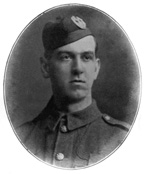
Reference: 27563c
Corporal James Dalgleish Pollo...
|
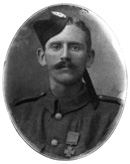
Reference: 27563b
Private Ross Tollerton, Ist Ba...
|
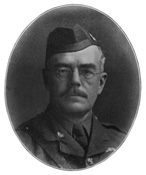
Reference: 27563a
Major Angus Falconer Douglas-H...
|

Reference: 083
Copy of a photograph for Mrs M...
|

Reference: 17255
James Barron of The Inverness ...
|
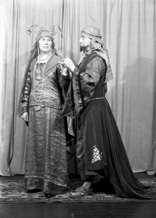
Reference: 29108f
Matheson Lang was born in Mont...
|
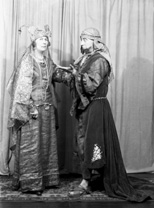
Reference: 29108e
Matheson Lang was born in Mont...
|
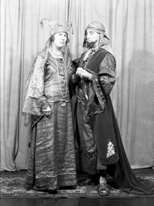
Reference: 29108d
Matheson Lang was born in Mont...
|
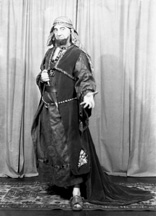
Reference: 29108c
Matheson Lang was born in Mont...
|
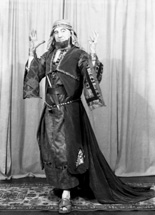
Reference: 29108b
Matheson Lang was born in Mont...
|
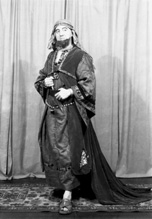
Reference: 29108a
Matheson Lang was born in Mont...
|
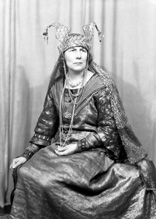
Reference: 29107b
Actress Nelly Hutin Britton wa...
|